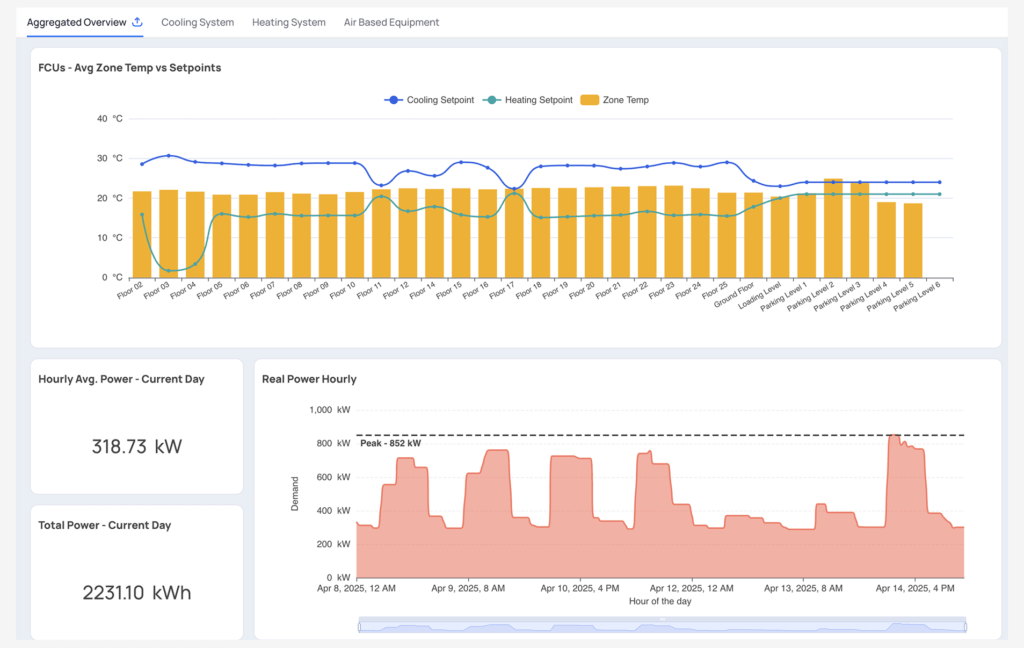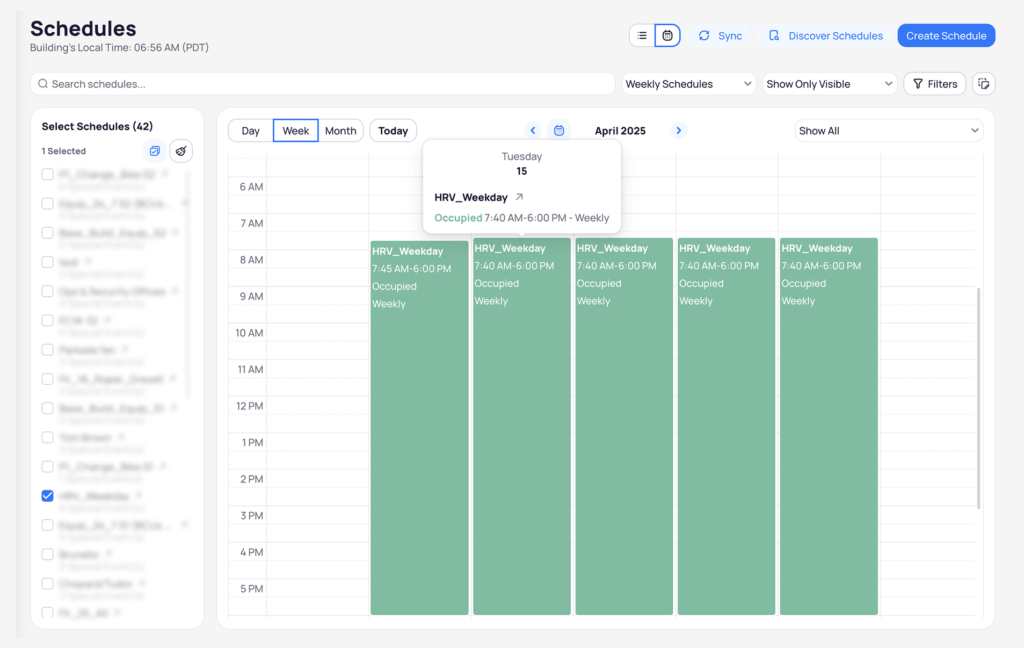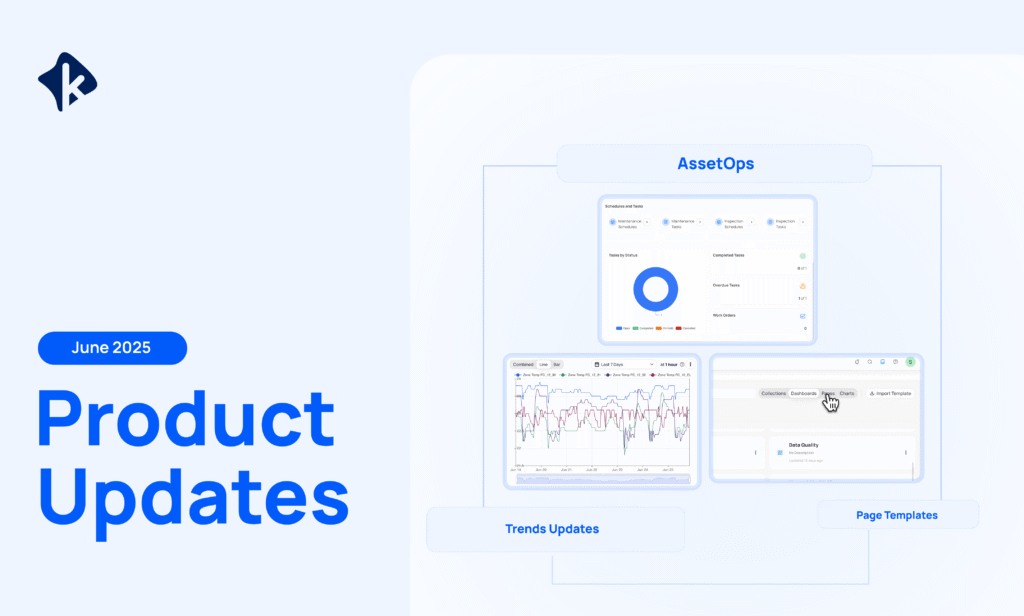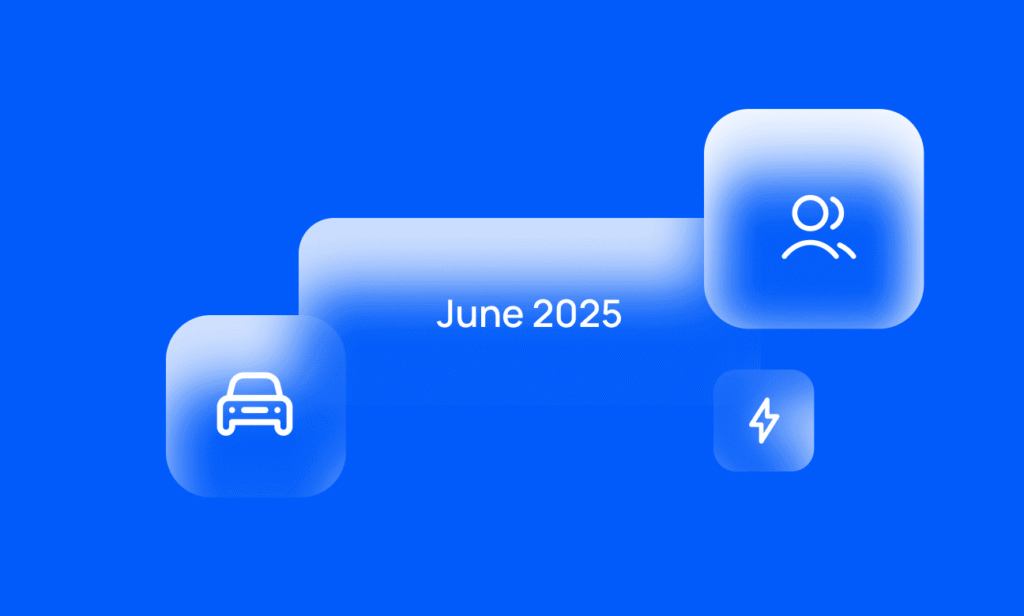On this page
Sign up to our newsletter
Subscribe to receive the latest blog posts to your inbox every week.
By subscribing you agree to with our Privacy Policy.
What does the Cloud BMS dashboard do?
Through the Cloud BMS in KODE OS, all building systems including HVAC, lighting, IoT devices, and more are seamlessly integrated into one unified platform. This approach replaces traditional, siloed systems with a centralized solution that simplifies operations and enhances visibility across all building functions.
With real-time monitoring, control, and automation capabilities, the Cloud BMS dashboard empowers users to make smarter, data-driven decisions. It collects, standardizes, and visualizes data from multiple systems, ensuring property managers, building engineers, and other stakeholders have clear, actionable insights at their fingertips.
How can I use it?
Cloud BMS is designed to simplify building management. Here’s how it can be leveraged:
- Monitor all systems in one place: Gain real-time visibility into all integrated systems and devices.
- Proactively manage building performance: Use dashboards and smart graphics to quickly identify and resolve issues, improving system reliability and occupant comfort.
- Optimize energy consumption: Leverage machine learning powered scheduling and energy optimization tools to reduce energy costs.
- Generate insights for better decision-making: Create detailed reports and customizable dashboards to track performance, analyze trends, and plan strategic improvements.
- Adapt to changing needs: Adjust HVAC schedules for holidays, occupancy patterns, or external conditions, ensuring systems operate efficiently.
Visualizing efficiency with smart graphics
KODE OS offers a dynamic graphical interface that brings building data to life. Operators can view their building’s layout, systems, and devices in real-time, with live data from devices like temperature thermostats and lighting systems displayed directly in the interface.
This visual approach simplifies system management by allowing operators to quickly identify potential issues and make adjustments, such as modifying setpoints or schedules, all from a single platform. The results? Full control of system performance.

Actionable insights with dashboards and reports
Customizable dashboards provide real-time monitoring for building systems, presenting data in a format that best suits your needs, whether that’s charts, graphs, or tables.
Dashboards make it easy to track key performance metrics and quickly spot areas that require attention. Additionally, KODE OS’ Cloud BMS generates detailed reports that help property managers and building operators make informed decisions on building optimization and overall performance.

Smarter schedules for energy optimization
With KODE’s scheduling module, part of Cloud BMS, operators can fully manage HVAC systems by creating custom schedules tailored to specific floors or buildings. Adjustments for holidays, occupancy changes, or other factors are easy to implement.
What sets Cloud BMS apart is its integration with Optimized Start/Stop (OSS) which leverages machine learning and artificial intelligence to maximize efficiency and cut excess energy usage. The platform communicates with external data, such as weather patterns and occupancy sensors, to automatically adjust operations. By offering modes like comfort or energy-saving, it ensures devices operate at the right times, reducing energy consumption and extending equipment lifespan.

Cloud BMS redefines building and portfolio operations by unifying siloed systems into a centralized, data-driven platform. With real-time insights, advanced automation, and intuitive tools, Cloud BMS empowers operators to enhance efficiency, reduce energy costs and meet sustainability goals. What I’m seeing with my customers is that Cloud BMS is a transformative feature of modern building management, fostering smarter decisions for users, enabling seamless collaboration between teams and ensuring long-term operational success.
If you want to learn more about how Cloud BMS can impact your building management operations, let’s connect on LinkedIn or book a demo with our team.



